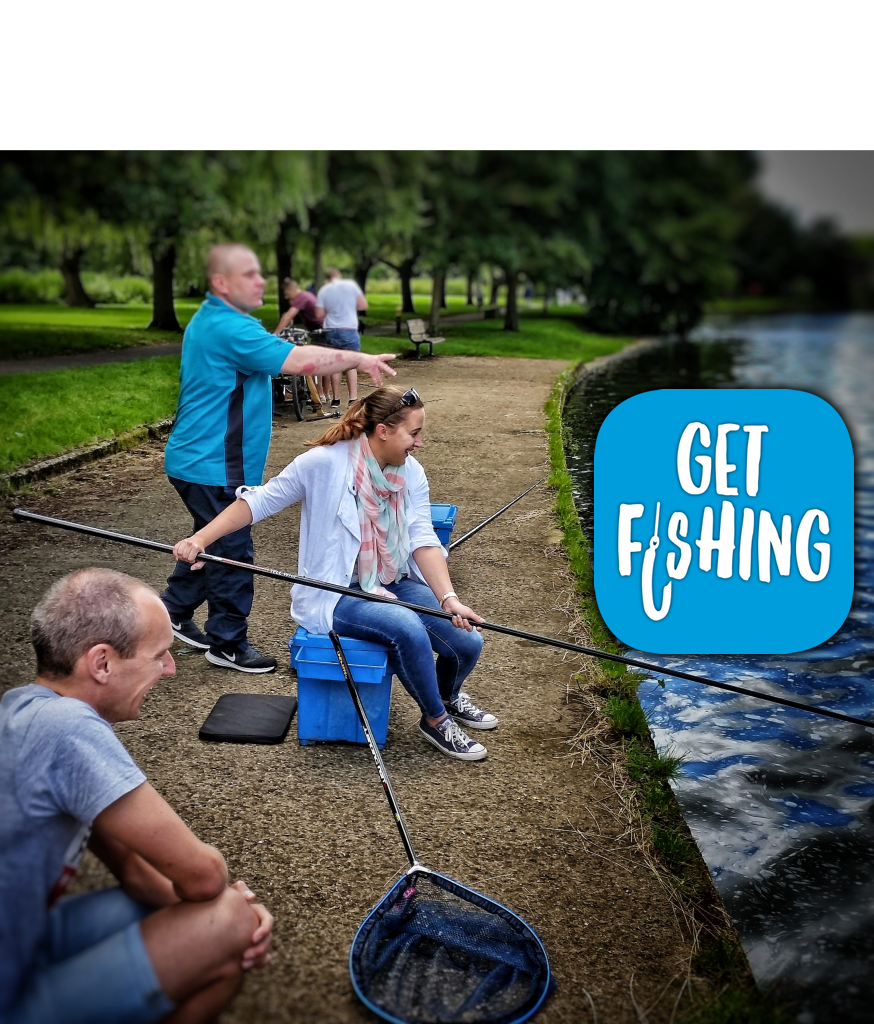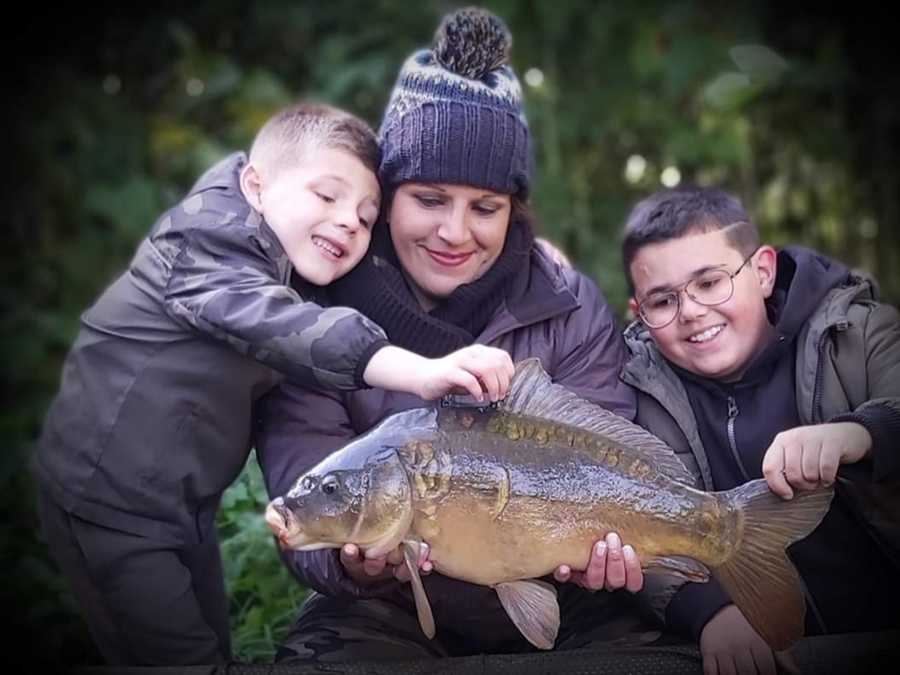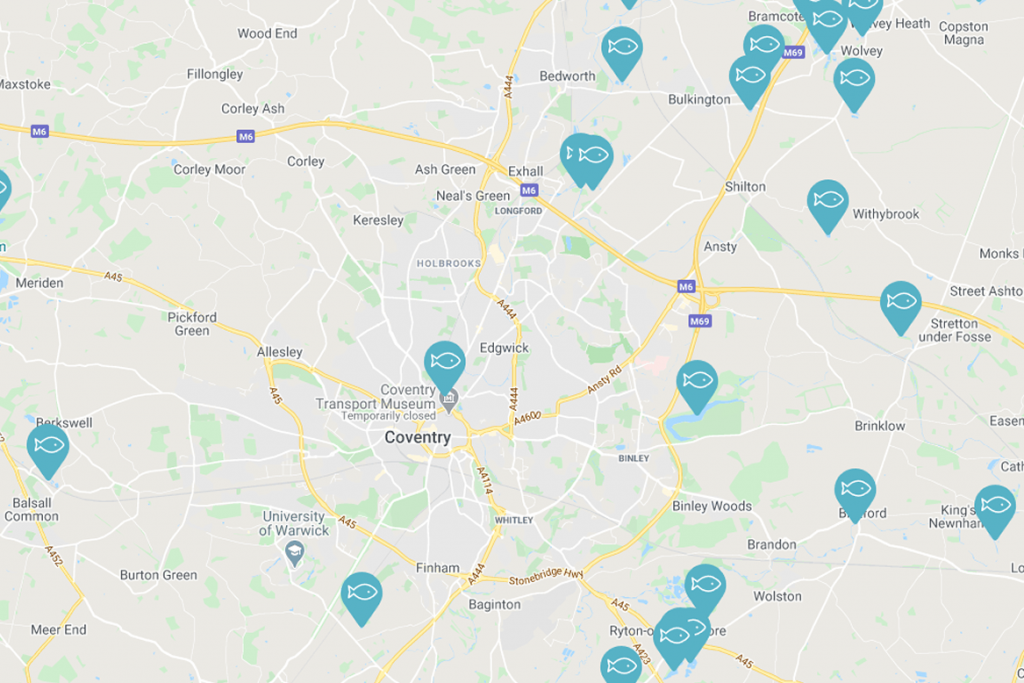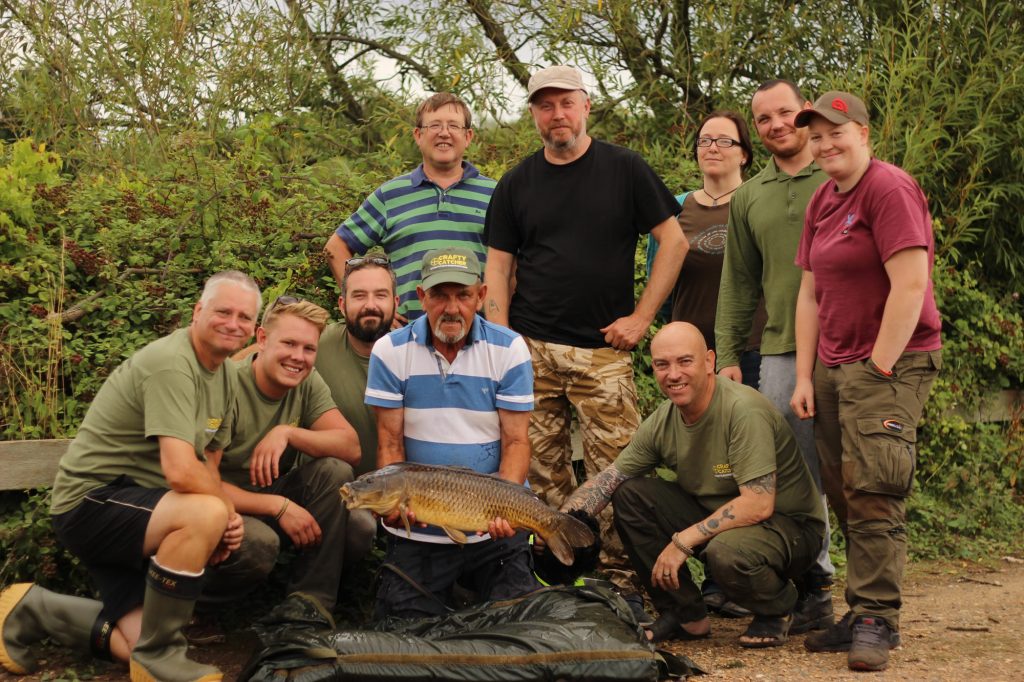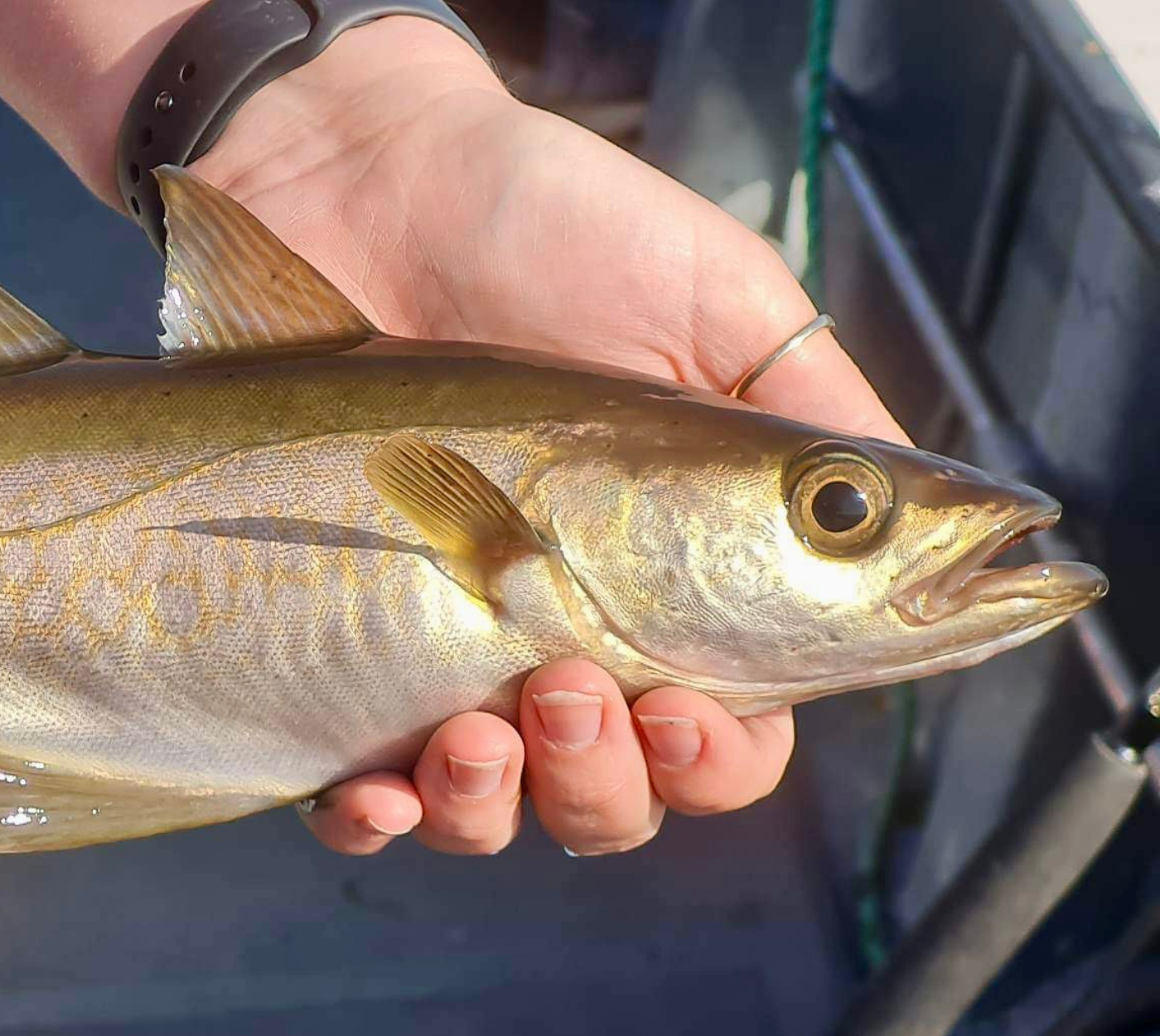
Marine
Pollack Next Steps: Voluntary Best-Practice Guidelines to Help Rebuild and Conserve Pollack Stocks
Following months of engagement with the recreational angling sector, the Angling Trust, in partnership with the Professional Boatmen’s Association (PBA), is launching new voluntary guidelines for recreational pollack fishing.
On 10th February 2025, the National Federation of Fisherman’s Organisations (NFFO) published an article on pollack which misrepresented the Pollack Fisheries Industry Science Partnership (FISP) project, its aims and its findings. We will shortly be publishing an explainer to rebut the claims in the article.
Pollack is an important species for anglers. Whether that’s putting food on anglers’ plates, supporting recreational fishing businesses and coastal economies, or providing wellness benefits through recreational fishing, pollack is vital for the sector and its future. We recognise the importance of ensuring pollack fishing is sustainable to safeguard recreational angling and our seas.
The Angling Trust is clear: whilst recreational anglers do take pollack for the table and have a contribution to make in stock conservation, total recreational catches do not compare to historic commercial landings. In 2016, 120 tonnes of pollack were landed by commercial boats in Newlyn on a single week.
Many commercial fishermen received significant compensation last year following the commercial pollack fishery closure in 2023. If the recreational sea fishing sector are equal stakeholders under the Fisheries Act (2020), will recreational businesses also receive compensation? After all, pollack caught recreationally is estimated to be worth more per kilo than when it is caught commercially.
Pollack stocks are facing an unprecedented decline. While we believe this has been driven by commercial fishing practices like wreck netting, everyone should play their part in conserving this important species and rebuilding its population for future generations to enjoy.
The Angling Trust will continue to fight for the recreational sector to ensure any proposed management measures are proportionate whilst also supporting stock conservation and demonstrating our support for a sustainable commercial fishery that prioritises rod-and-line commercial fishing.
The Angling Trust and the Professional Boatman’s Association have developed these voluntary guidelines to support the recreational sector show leadership in conserving pollack. We believe a voluntary approach will be more effective than mandatory restrictions on our sector. Whilst many anglers are already fishing responsibly and following these guidelines, we are aware that without every angler doing their bit, mandatory restrictions could be imposed on us. The Angling Trust in collaboration with scientists in Pollack FISP will be releasing a survey in the coming weeks where anglers can have their say on pollack management.
Pollack: Best-Practice Voluntary Code for Recreational Anglers
- Voluntary Bag Limit: Five Pollack Per Angler Per Day
Five fish per angler per day is the maximum number of pollack we recommend retaining to support pollack recovery whilst also allowing anglers to keep food for the table and to support recreational businesses.
- Voluntary Minimum Conservation Reference Size: 50cm
Research by the Pollack Fisheries Industry Science Partnership project indicates that most pollack are mature at 50cm. The Angling Trust believes that every fish should have the opportunity to spawn once before it is harvested. With this in mind, we recommend releasing any fish below 50cm (information on descending devices below). The current legal minimum size is 30cm.
- Consider Avoiding Spawning Pollack
Pollack are known to spawn from January to March. To help rebuild pollack stocks, consider not targeting pollack during the spawning season., If you catch a pollack during the winter, we encourage you to consider returning it to spawn, especially larger fish over 50cm which have reached maturity.
- Release Pollack to Rebuild the Fishery
Research from the Pollack Fisheries Industry Science Partnership project indicates that 3 out of 4 pollack released using descending devices survive – even if it has barotrauma.
If you catch a pollack below the legal size, or if you don’t need the fish, try your best to release it carefully. Pollack are fast-growing and have a relatively short lifespan, so releasing them quickly and safely maximises their chances of survival. To improve the survival of released pollack, use descending devices when releasing fish from depth to reduce the risk of barotrauma—a condition caused by rapid ascent from deeper waters.
Handle pollack carefully to avoid injury—use wet hands or fish-friendly gloves and try not to lift them by the gills. If you’re using hooks, opt for barbless ones, as they make the release process smoother and less stressful. If a fish is deeply hooked, cutting the line is preferable to removing the hook.
- Rotate Your Wrecks
Pollack are highly residential compared to other species like bass. Tracking data from the Pollack Fisheries Industry Science Partnership indicates that for long periods they do not stray far from their home wreck. With this in mind, for boat-based anglers, we recommend rotating the wrecks and marks that you visit.
- Respect the Environment and Ecosystem
Pollack are often found in rocky, snag-prone areas, which means anglers should take care to minimise tackle loss. Use the appropriate gear to avoid damaging the fish or contributing to marine litter. Remember, Anglers Against Litter and the Anglers National Line Recycling Scheme are key initiatives you can get involved with.
- Contribute to Data and Conservation Efforts
Help conservation efforts by participating in citizen science programs like the Pollack FISP or the Sea Angling Diary. Contributing data on your catches, including size and location, helps researchers monitor pollack populations and advise on effective fisheries management that protects our fishery.
- Stay Informed and Adapt to Changes
Pollack populations are dynamic and can fluctuate. Stay up to date on the latest research and advice and be open to adapting your fishing methods to reflect the most current sustainability practices. The Angling Trust provides updates on the latest developments through our Sea Angling Facebook group and website.
Join the Pollack Pact Today
We are calling on all anglers, clubs, and skippers to take part in this initiative and promote pollack angling that protects the stock. By practising the voluntary measures and taking the Pollack Pact, you’re committing to responsible angling, rebuilding pollack for future generations of anglers and protecting the sector.
These voluntary guidelines are built on the best available science and evidence to advise anglers on how they can play their part in rebuilding pollack populations. As new evidence is available, we will update our voluntary guidance accordingly. By following these voluntary guidelines, you can help ensure that pollack continues to thrive for generations to come.
Let’s work together to ensure that pollack thrives in UK waters once more for the benefit of anglers, the marine environment, and the future of recreational fishing.
What’s Next?
- The Angling Trust will release new videos, infographics and a website focused on the Pollack Pact voluntary guidelines over the next few weeks
- The Angling Trust in collaboration with scientists in Pollack FISP will be releasing a survey where anglers can have their say on pollack management
- Following an agreement between the UK-EU, recreational catches are being integrated into the ICES stock assessment for pollack. The Angling Trust will publish a blog explaining ICES, what data is being used to represent recreational fishing and what this means for you as anglers.
- Pollack management is being discussed as a species included within the new Celtic Sea & Western Channel Demersal Fisheries Management Plan
You might also like

SENSAS FUTURE NETWORKS DO THE DOUBLE DOUBLE IN YOUTH…

NATIONAL GLORY FOR RAMMY AT LINDHOLME

Three British record fish claims ratified

Making plans for kids and holiday activities? Fun, safe…

Get Fishing Fund – Funded Project: Fishing Opens New…

Climate change fuelling dangerous river pollution across England and…
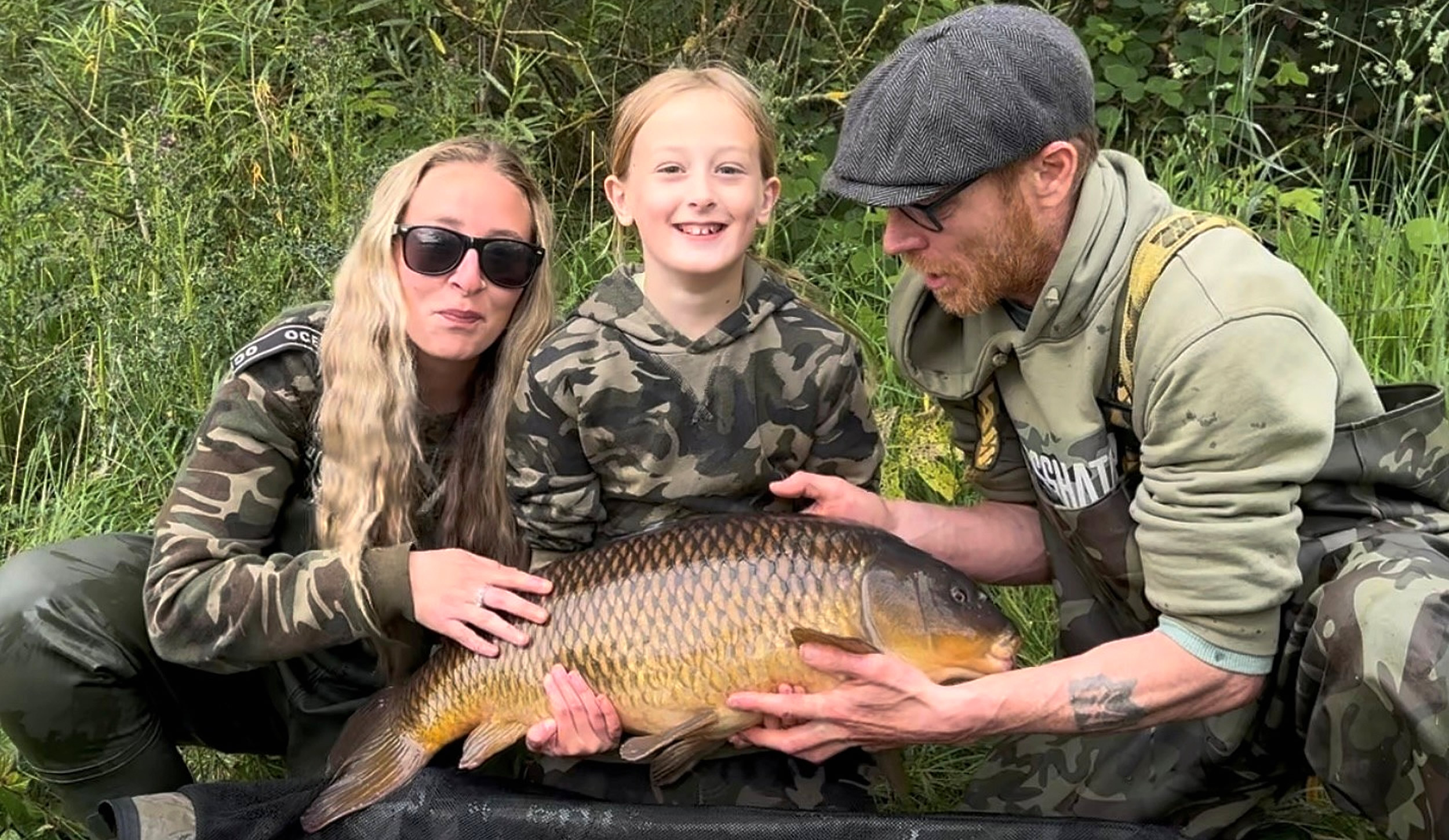
NEW BLOG: The best thing about fishing – from…

Ethan gets his Gold Get Fishing Award – young…

Summer of Fishing 2025 is here – get into…

Get Fishing Awards were at Bristol Festival of Nature…

VIDEO: It’s not all about the fishing… Check out…

ENGLAND TAKE GOLD IN HOME NATIONS BOAT CHAMPS

SENSAS FUTURE NETWORKS DO THE DOUBLE DOUBLE IN YOUTH…

NATIONAL GLORY FOR RAMMY AT LINDHOLME

Three British record fish claims ratified

Making plans for kids and holiday activities? Fun, safe…

Get Fishing Fund – Funded Project: Fishing Opens New…

Climate change fuelling dangerous river pollution across England and…

NEW BLOG: The best thing about fishing – from…

Ethan gets his Gold Get Fishing Award – young…

Summer of Fishing 2025 is here – get into…

Get Fishing Awards were at Bristol Festival of Nature…

VIDEO: It’s not all about the fishing… Check out…

ENGLAND TAKE GOLD IN HOME NATIONS BOAT CHAMPS

SENSAS FUTURE NETWORKS DO THE DOUBLE DOUBLE IN YOUTH…

NATIONAL GLORY FOR RAMMY AT LINDHOLME

Three British record fish claims ratified

Making plans for kids and holiday activities? Fun, safe…

Get Fishing Fund – Funded Project: Fishing Opens New…

Climate change fuelling dangerous river pollution across England and…

NEW BLOG: The best thing about fishing – from…

Ethan gets his Gold Get Fishing Award – young…

Summer of Fishing 2025 is here – get into…

Get Fishing Awards were at Bristol Festival of Nature…

VIDEO: It’s not all about the fishing… Check out…

